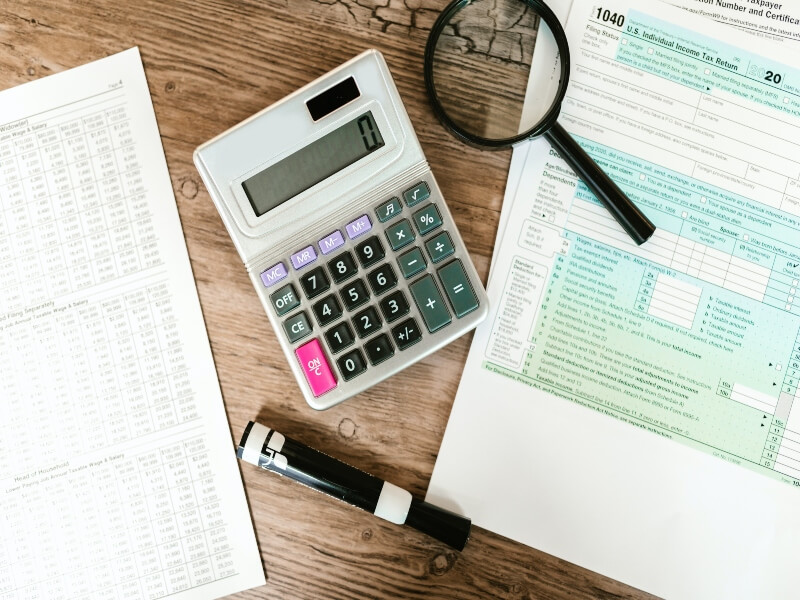We’ve all heard about the concept of data being skewed, but what does this concept really mean? In statistical reporting of the kind in which you have to engage in academic papers, theses, or research essays, skewness is a property of a distribution of a ratio or interval variable.
Skewness is a measurement of the extent to which the specific data points in the distribution of a ratio or interval variable fall to the left or right of the mean. Let’s start by showing you what a skew of 0 looks like.

As you can see from this histogram, the number of values to the left of the mean of 100 is exactly the same as the number of values to the right of the mean of 100. Therefore, the skew is 0.
Positive Skewness
Now let’s look at a distribution with a positive skewness. In the next histogram, there’s a red line that represents the mean. Now, after out statistical program counts up the values for us, we learn that more of the values in this histogram extend to the right of the mean rather than to the left of the mean. This is what we call positive skewness.

Statistical programs measure skewness as a built-in feature of descriptive statistics. The data above were created in Stata, which found that the skewness was 0.58.
Negative Skewness
In the next graph, we see that more of the values are to the left of the mean of 0.86. In fact, the skewness of this distribution is -1.29.

Conclusion
Skewness, along with kurtosis, is one of the variables that measures the normality of a distribution. Showing skewness on a histogram, as we demonstrated here, is not necessary in a research paper, but reporting the skewness statistic is necessary. You should therefore know how to generate and interpret the skewness statistic.
BridgeText can help you with all of your statistical analysis needs.





